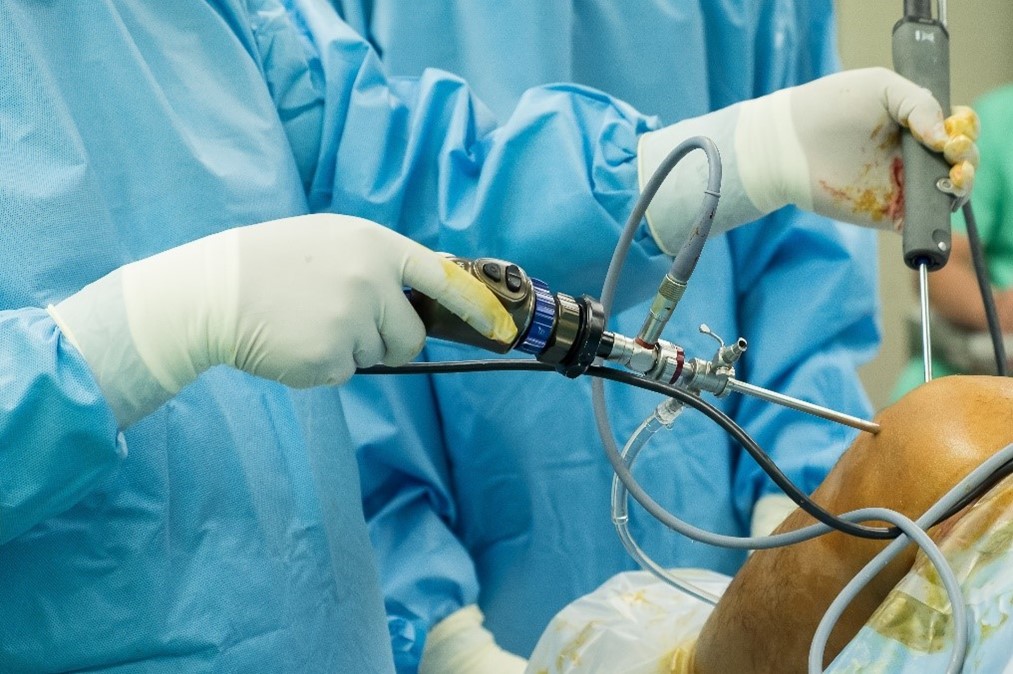A vital component of the knee, crucial for maintaining stability and enabling smooth movement, it is common in sports involve in sudden stops and changes in direction.
When Is ACL Surgery Recommended?
ACL surgery is typically advised in the following scenarios:
- The ACL is significantly torn or completely ruptured.
- The knee experiences instability during everyday activities.
- Athletes wish to return to their sports.
- There are multiple injured ligaments in the knee.
The ACL Surgery Procedure
Before surgery, patients undergo an evaluation, including physical exams and imaging tests like MRI, to assess the extent of the damage. Arthroscopic surgery, the most common approach, is minimally invasive and involves small incisions. During the procedure, a tendon graft, either from the patient or a donor, is used to replace the damaged ACL.
Post-Operative Care and Recovery
Initial recovery after ACL surgery focuses on managing pain and reducing swelling. Successful recovery depends on diligent post-operative care and a structured rehabilitation plan, which includes:
- Rest and the apply of ice to alleviate swelling and pain.
- Early commencement of physical therapy to restore mobility and strength in the knee.
- Potential use of a knee brace to protect the graft during the initial healing phase.
- Gradual return to normal activities, with full recovery typically taking several months to a year.
Life After ACL Surgery
With proper rehabilitation, most individuals can return to their previous levels of activity, including sports. However, adherence to physical therapy, using appropriate protective gear during sports, and maintaining patience are essential, as recovery timelines can vary.
ACL surgery offers a pathway to restoring knee function and returning to an active lifestyle, particularly for athletes and those experiencing knee instability. Success relies on careful post-operative care, including physical therapy and a gradual return to activities. With patience and dedication, individuals can regain strength and confidence in their knees, achieving a renewed quality of life.


